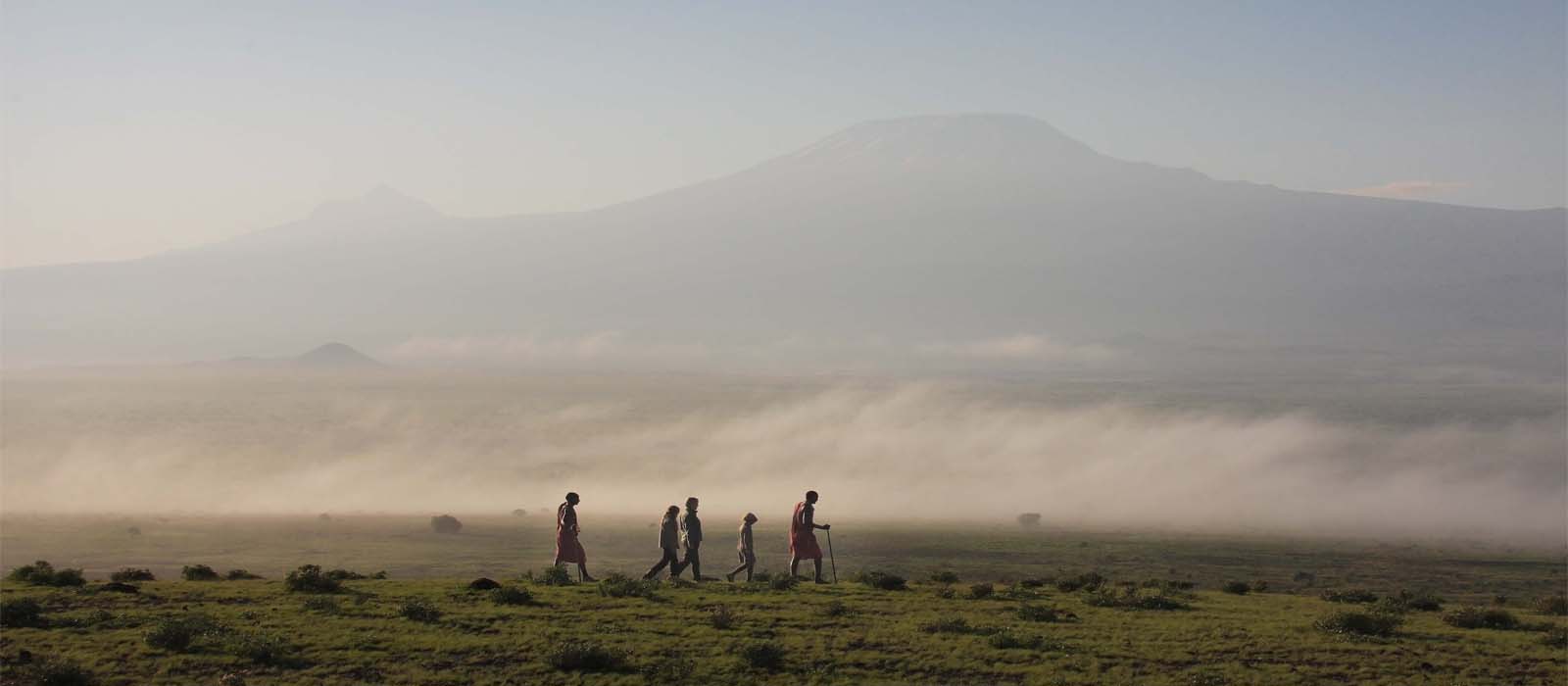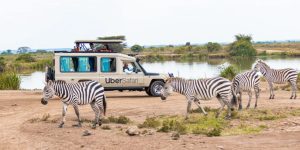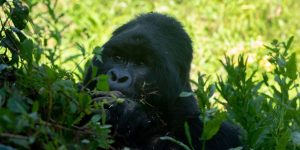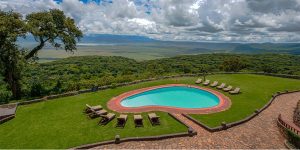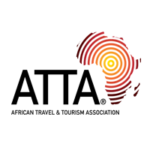Kenya wildlife destinations top the bucket lists of many adventurous travelers. Kenya is located in East Africa bordering the Indian Ocean and Somalia in the East, Uganda in the west, South Sudan in the North West, and Tanzania in the south. The country is East Africa’s biggest economy and is also East Africa’s leading wildlife safari destination.
Kenya has over 30 national parks and reserves including marine wildlife national parks. These are home to several wildlife species and are key attractions to wildlife enthusiasts. Kenya Wildlife Safari destinations also have a rich cultural and historical background. This is thanks to the diverse culture and heritage of the people of Kenya. A combination of these makes Kenya wildlife safari experiences exceptional. It is no wonder many people keep traveling to the country yearly to discover more.
At Discovery Journeys, we customize safari adventures featuring exclusive destinations where one can have unforgettable experiences. Below are the top five Kenya Wildlife Safari destinations you Must visit while on a Kenya Safari.
Masai Mara is the most famous Kenya wildlife safari destination. The reserve has savanna’s most desired wildlife species including the big five mammals, the big cats, and other safari specials. Notable safari animals you can spot on a Kenyan safari include giraffes, antelope species, elephants, and birds among others.
The reserve is most famous for its wildebeest migration. This is an annual mass movement of wildebeest, zebras, and Thompson gazelles from Serengeti National Park to Masai Mara in search of fresh pasture. It transcends from one month to another on a journey of life and death.
The wildebeest migration breeds life as during the calving period over 6,00 calves are born a day. The calving period is usually between February and March. Calves are primary targets of the deadly predators seeking survival. The calving period happens in Tanzania from November to March. It is from here the wildebeests continue on their quest spreading to the western part and eventually crossing over the Mara River to Masai Mara. The wildebeest cross the Mara River into Masai Mara in mid-June depending on the movement of the herds.
Mara River Crossings
The Mara River crossings are the most spectacular event on the wildebeest migration journey. The calves would have grown by now and those that survive the big cats now face the Nile crocodile challenge. Mara River has some of the deadliest crocodiles that eagerly await the migrating herds.
Masai Mara also has several predators and has one of the highest lion populations ranging from 800 to 900. These depend on the herbivores the Mara ecosystem has and the migration numbers allow them to hunt.
Other Masai Mara Safaris
On Kenya Wildlife Safari expeditions to Masai Mara, you enjoy game drives, nature walks, and balloon safaris. All these safari adventures feature the wildebeest migration and other top wildlife attractions the reserve has.
The best time to Visit Masai Mara is from June to October for better wildlife viewing opportunities. This doubles as a peak tourist season and several safari lodges get fully booked. It is therefore important to make your bookings in advance to avoid missing out.
Some of our top Discovery Journeys adventures to Masai Mara include an 8-day Safari. This is extensive and features Masai Mara and other Kenya wildlife safari destinations. The 4-day Masai Mara tour is also ideal for those with limited time but would love to explore the reserve.
Amboseli National Park
Amboseli National Park is among Kenya’s underrated safari destinations. The park is most famous for its herds of elephants and it is the best place to see the world’s largest land mammals. Amboseli offers better African elephant safari experiences than Masai Mara.
Beyond the elephants, Amboseli National Park has major savanna big mammals including buffaloes, lions, leopards, giraffes, and over 600 bird species. It has a reasonable number of flamingos and currently offers better chances of flamingo viewing than Lake Nakuru.
Mount Kilimanjaro, Africa’s highest mountain is another iconic attraction to Amboseli National Park. The mountain is situated in Tanzania but can best be seen in Amboseli National Park. The cloudy and snow-capped mountain offers impressive scenic views. What makes Kenya wildlife safari experiences in Amboseli unique is viewing wildlife with a view of Mount Kilimanjaro.
Safari Activities in Amboseli
Game drives are the most enjoyable safari activities you can engage in here. The best time for game drives in this land of giants is early morning to catch up with the early risers. This is also when there are better chances of clearly seeing Mount Kilimanjaro. You can also explore the park on guided nature walks led by the local Masai people. Masai community visits are also exceptional as you get to know about the people’s ways of life.
Other activities you can engage in here include birding and scenic photography safaris among others. Amboseli is a busy Kenya wildlife safari destination and in case you plan to visit in the peak season from June to September ensure to book in advance.
Rift Valley Lakes
The eastern arm of the Great Rift Valley passes through Kenya and has iconic relief features including lakes. These are attractions in their own right but also home to several wildlife species, especially birds. Notable Rift Valley lakes in Kenya include Lake Nakuru, Lake Elementaita, Lake Turkana, and Lake Naivasha among others.
These lakes are Key birding safari destinations with colorful birds including flamingos, great white pelicans, grey-crowned cranes, black-winged lapwings, and white-headed vultures among others. Kenya Birding Discovery Journeys are ideal from November to May. This is a breeding season for birds and a time when they are in full plumage. It is also a time when migratory birds from as far as Europe are in the area.
Kenya Rift Valley lake areas are also home to other big game like hippos, crocodiles, and major grazers. They often go down the lake shores in the dry seasons to get drinking water. Kenya wildlife safari adventures in the Rift Valley lake systems are truly remarkable and adventurous. You can enjoy boat cruises for relaxed wildlife viewing and photography safaris.
Samburu National Reserve.
Samburu National Reserve is another unique must-visit Kenya Wildlife destination. The reserve has the most uniquely diverse wildlife species of all wildlife destinations in Kenya. Several wildlife species in Samburu do not occur in other destinations in Kenya. Some of the safari specials here include the Grevy Zebras, gerenuk, Somali ostriches, Beisa Oryx, and reticulated giraffes.
The reserve has over 450 bird species thus also making it a great Kenya birding safari destination. Apart from the Somali Ostriches, other impressive birds there include the Yellow Billed hornbills, Marabou storks, and Sunbirds among others.
Ewaso Ngiro, northern Kenya’s biggest River is another iconic attraction in Samburu National Reserve. This is the reserve’s main water supply where animals gather to take water on a hot day.
A community visit to the Samburu people is an added advantage that gives you an insight into the local people’s culture. Several safari activities are guided by the natives who are knowledgeable about the area. Samburu land is among the less traveled paths in Kenya and wildlife safaris and cultural experiences here are exclusive.
Turkana Land
This beautiful land is located in the northwest of Kenya. It is home to the Turkana people who are Nilotic of origin. The Turkana area is semi-arid and has Lake Turkana as the main water body. It is inhabited by the Turkana people who are semi-nomadic pastoralists. They keep cattle, and camels and do a bit of handcraft work, especially the women. Despite being near the lake, some sections of the Turkana tribe consider eating fish a taboo and few of them engage in fishing activities.
Turkana land has several wildlife attractions and is a true African wilderness. The region has more rare wildlife species that do not occur in many Kenya safari destinations. It is often described as a laboratory for the study of plants and animal species because of the area’s wildlife diversity and uniqueness.
The three national parks in Turkana include Sibiloi National Park, the South, and Central Island National Parks. These cover an estimated land area of about 161,485 hectares. With this vast size comes an added advantage of wildlife diversity and numbers. Turkana land is also is a major breeding ground for Nile Crocodiles, Snakes, and hippos among others.
The exclusivity of the area is a game changer and it makes it a leading Kenya Wildlife safari destination to explore.

